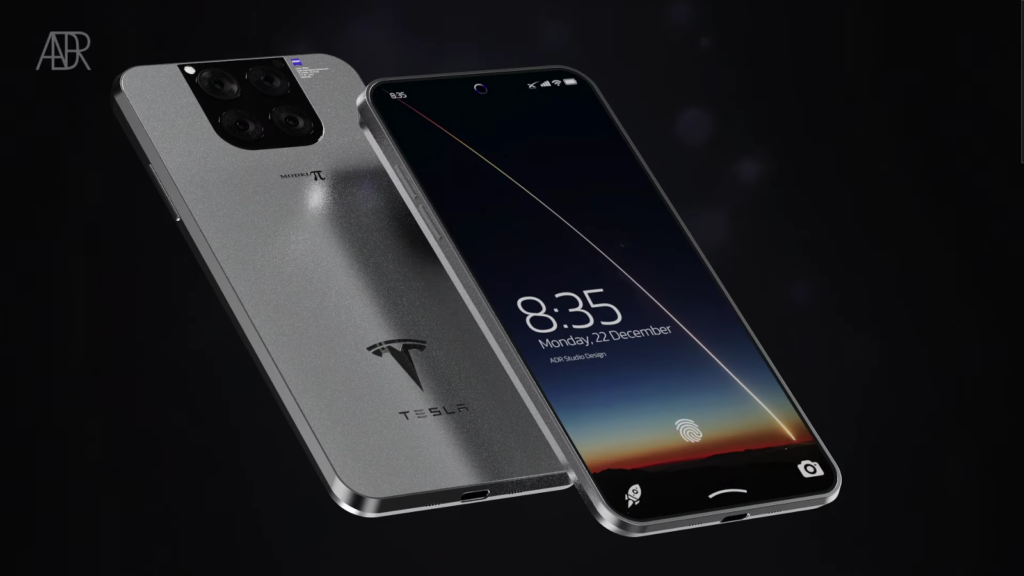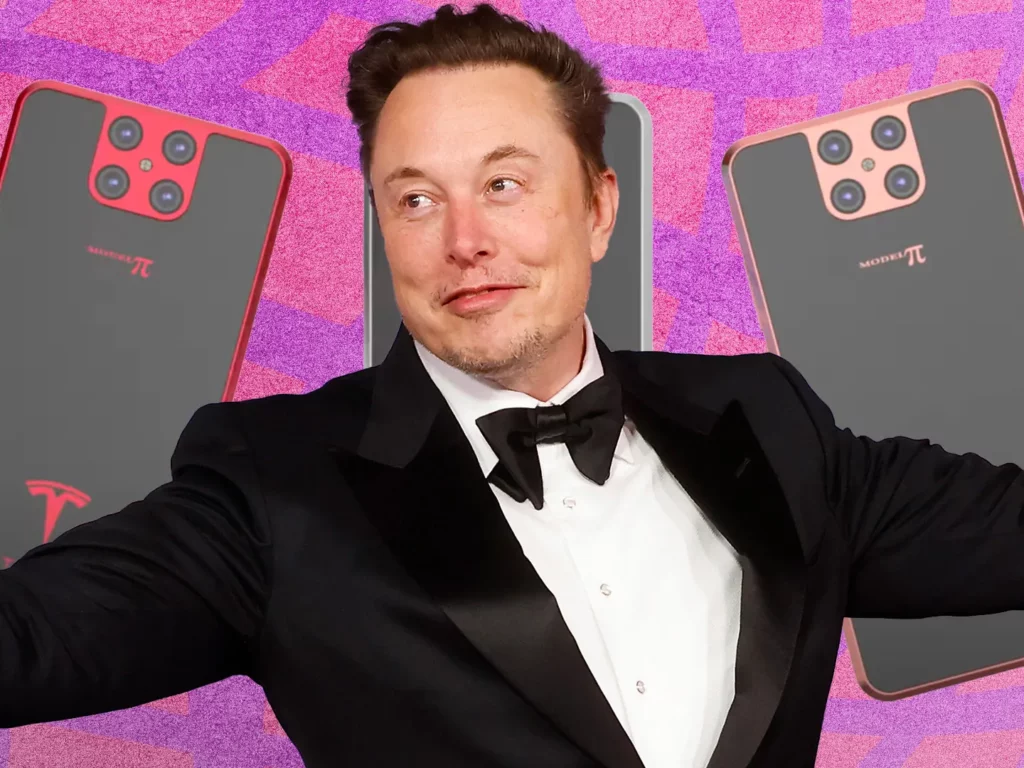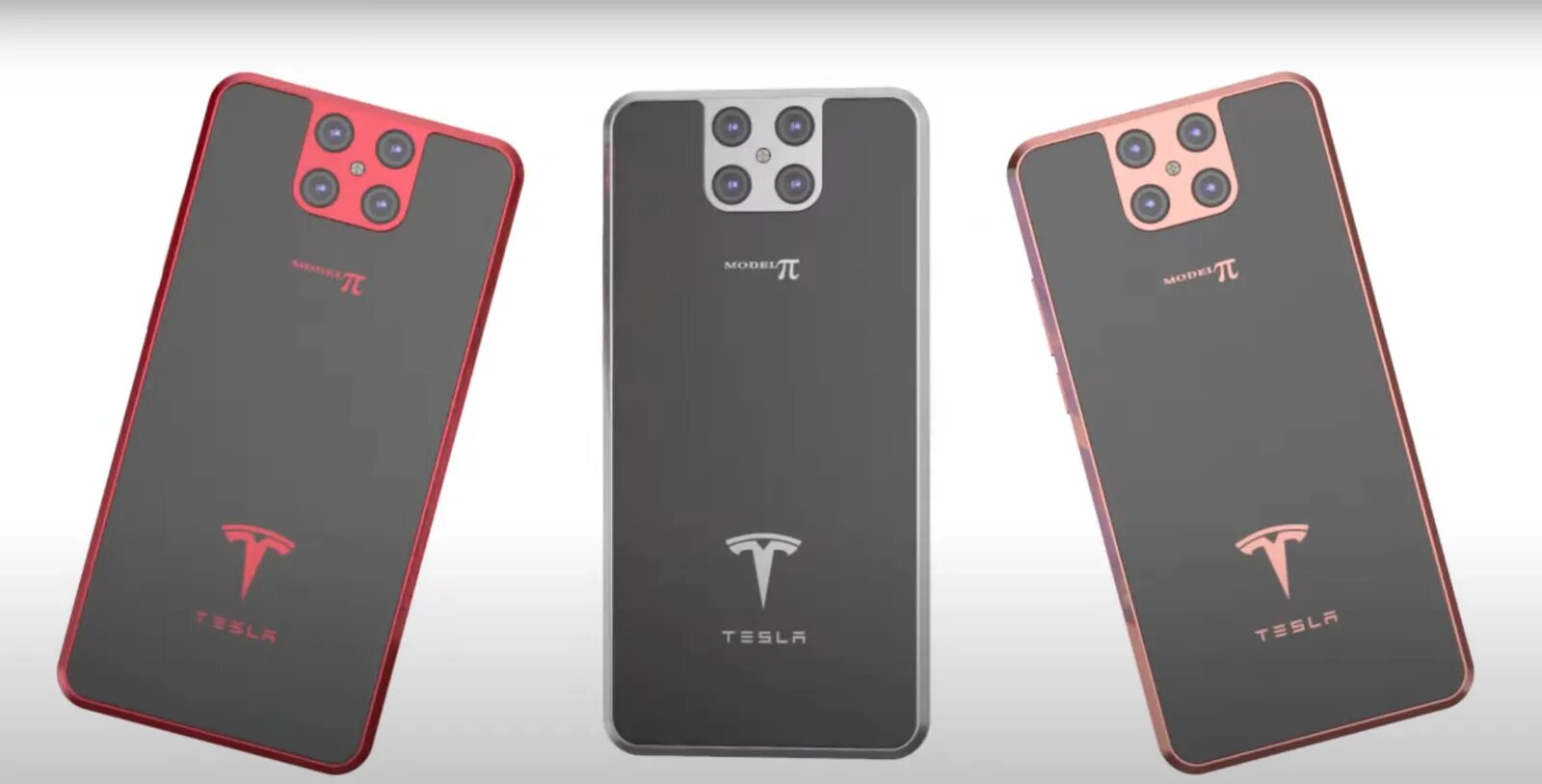After revolutionizing the auto industry, space exploration, and energy storage, Elon Musk may now be setting his sights on a new frontier: mobile technology. While not officially confirmed, the so-called “Tesla Phone” is already sending ripples through the tech world. With deep integration across the Tesla, Starlink, and potentially Neuralink ecosystems, the device could upend the traditional smartphone landscape—especially in emerging markets like Africa.
Despite no formal announcement from Tesla, speculation is mounting around a smartphone that could combine Starlink satellite connectivity, advanced AI capabilities, and even neural interface potential through Neuralink. According to leaked reports and industry chatter, the Tesla Phone (rumored as “Model Pi”) may launch in late 2025, with global sales beginning as early as 2026.
The pricing strategy, if accurate, would be aggressive: a standard model starting at $159, a Pro version at $239, and a Founders Edition at around $299. This would place Tesla in direct competition with mid-range Android manufacturers while undercutting Apple, whose latest iPhone 15 Pro starts at $999. For Tesla, this strategy mirrors what it did with electric vehicles: take a high-tech category and democratize it.

Apple currently dominates the global smartphone profit pool, accounting for over 85% of total industry profits in 2023 and more than $200 billion in iPhone revenue. Tesla’s entry into the phone market could trigger a realignment, especially in regions underserved by current providers.
One of Tesla’s most significant advantages is Starlink. The satellite network already covers over 70 countries and provides a unique opportunity to offer connectivity in remote or poorly served regions. This could be a game-changer in Africa, where over 300 million people still lack reliable mobile internet access.
Analysts estimate that if the Tesla Phone includes affordable Starlink access and localized features, the company could sell 3 to 5 million units in Africa within the first 18 months of launch. Nigeria, Kenya, Egypt, South Africa, and Ghana are projected to lead early adoption due to their expanding tech-savvy middle classes, growing fintech sectors, and high smartphone demand. By 2030, that figure could rise to 20 million units, making Africa one of the most strategic growth markets for the device.
What sets the Tesla Phone apart isn’t just hardware—it’s the potential for seamless integration across Musk’s universe of technologies. Imagine a phone that automatically connects to your Tesla vehicle, taps into off-grid Starlink coverage, syncs with your home battery system, and, in the near future, may even be controlled by thought via Neuralink. As Musk famously said in 2024: “In the future, there will be no phones—only Neuralinks.”
Whether or not that future arrives soon, the Tesla Phone could serve as the critical bridge between today’s mobile tech and tomorrow’s human-machine symbiosis. Its launch would also be a bold move against incumbents like Apple and Samsung, whose innovation cycles are increasingly seen as incremental.
For Africa, the implications are profound. A powerful, affordable, satellite-enabled smartphone could unlock access to digital banking, remote education, telemedicine, and decentralized communications—without depending on fragile local telecom networks. It would accelerate financial inclusion and digital transformation at a continental scale.
Elon Musk’s next big disruption may not be a rocket or a robot, but a phone. And if the forecasts hold true, the first wave of mass adoption could come not from Silicon Valley, but from the streets of Lagos, Nairobi, or Accra.




